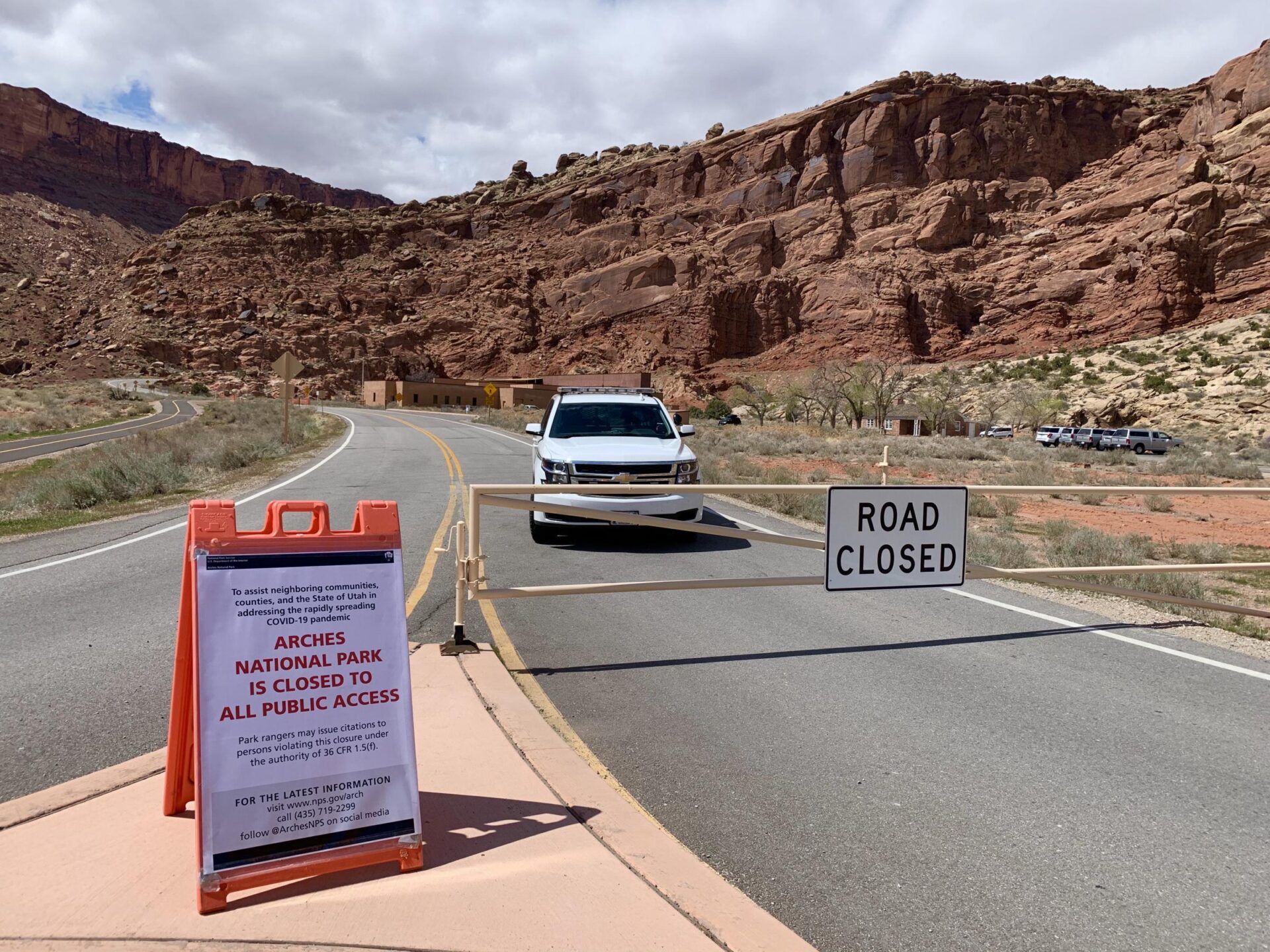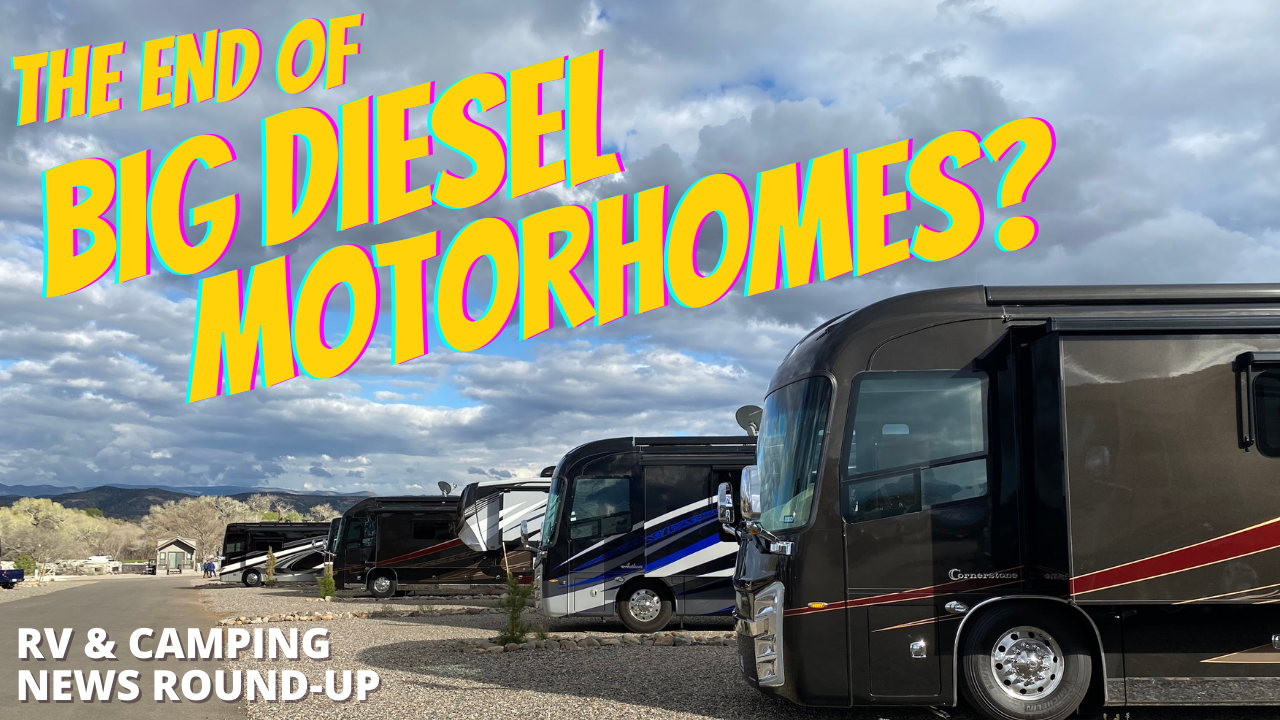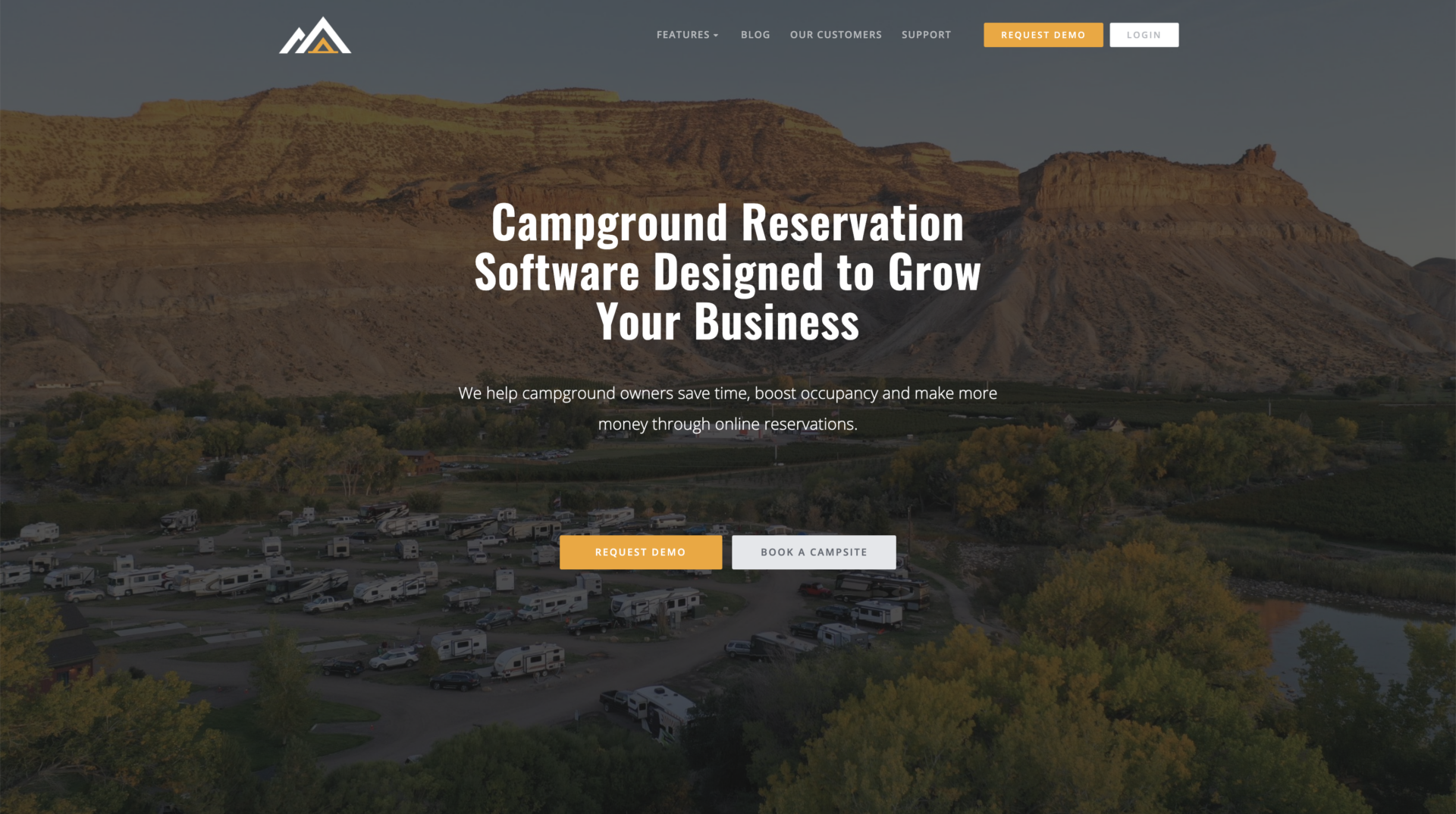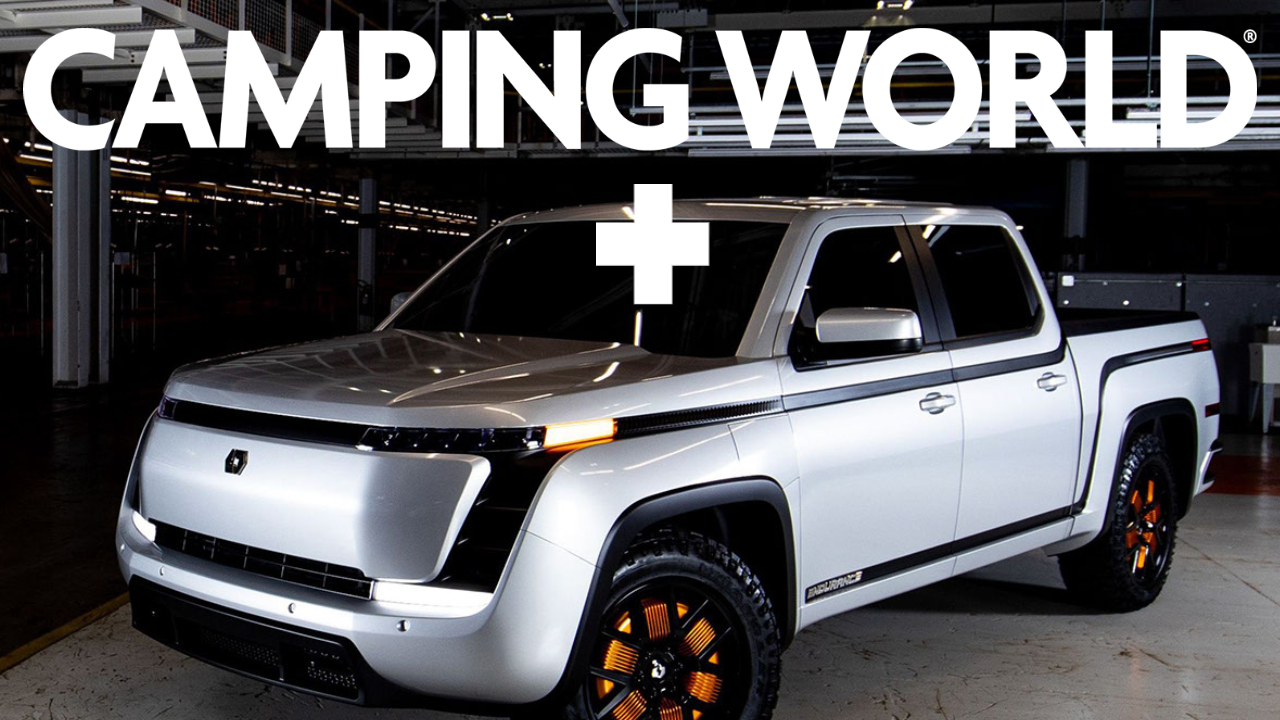By Jason Epperson
As a lot of people are itching to make summer travel plans and states begin making plans to lift restrictions, one of the questions we’re fielding most often right now is “when will the National Parks reopen?”
Anybody that says they know the answer for sure is lying, but there’s a lot of information out there to share that can help people make informed decisions.
Last Wednesday, in an Earth Day speech the President issued a brief announcement that public lands will be opening soon. But the white house and the Department of the Interior have not issued any sort of specific plans or dates for parks to open. In fact, they’re leaving it to the superintendents and the moment.
It’s important to note that not all National Parks are entirely closed. And those that are they weren’t all closed at once. Various forms of social distancing, event cancellations, and facility closures were put in place first, before decisions to close parks entirely were made. Many parks continued to host large crowds of people, even with no restrooms, lodging, or camping available. It was the states and the gateway communities — small towns that often serve national park visitors — that pressed for total closures, which came in waves throughout late March. The most likely situation right now is that National Parks will open in the reverse of the way they closed.
In a conference call with local tourism business operators from nearby communities, Yellowstone Superintendent Cam Sholly discussed how the park is making plans for reopening, saying that he’s very concerned because in that last week the park was open, people weren’t taking social distancing seriously.
Sholly said that When the park closed it was at the insistence of neighboring communities like Gardiner, Cooke City and West Yellowstone.
Not only do millions of tourists come to Yellowstone each year, but thousands of seasonal employees had yet to arrive from all over the country. All those new bodies could have put a major strain on the small local hospitals if the Coronavirus broke out there.
So it’s likely that Yellowstone won’t open until those communities want it to, and there’s a battle brewing between the seasonal businesses that want to get back to work to survive, and the residents and health care community who want to keep the virus away.
Sholly said it would be at least a few weeks away and likely would take place in phases, saying that perhaps hotels wouldn’t open right away, but cabins would.
Echoing that sentiment, Xanterra, the concessionaire that operates much of Yellowstone’s lodging and campgrounds, as well as some at other National Parks, said that it is shooting for a June 15th opening day, which has been pushed back from May 22nd, and could be again. At that point, they’ll be opening cabins with private baths and campgrounds only.
At first, Xanterra was saying that only Mammoth Hotel would open in 2020, and Old Faithful Inn, Grant Village and Roosevelt Lodge would not. Now they’re holding out hope that they may re-open all the lodges, but the situation is fluid.
In addition, travel restrictions are sure to affect any re-opening date. For instance, if Montana waived its mandatory two week quarantine for out of state visitors, but Wyoming did not, travel to Yellowstone would be extremely difficult.
Meanwhile in Utah, the governor has reopened state parks and says he supports a “safe and structured reopening of Utah’s five national parks.” But again, gateway communities will lead. Moab, which serves Arches and Canyonlands National Parks, has a hospital with only 17 beds, so the three surrounding counties put some of the strictest travel restrictions in the country in place back in March, forcing all lodging to close. It’s not likely those counties will support a quick reopening of parks.
All that’s to say, the situation continues to change, and plans are being made for slow openings that will be guided by local communities. But travelers will have to consider whether it’s worth it to head to parks that may have closed bathrooms and restaurants, and possibly maximum visitor quotas.
And as much as people like to say that there’s no better place to social distance than National Parks, it’s entirely untrue. Trails require walking past others coming the other direction. Scenic overlooks and shuttle buses get crowded. People don’t spread out among Yellowstone’s 2.2 Million acres — they congregate near the roads and among all the famous spots.
We suggest that Americans visit the outdoors within a day’s drive of their local community when things open back up, and save travel plans until at least the fall. Or just be willing to make a decision at the very last minute.








